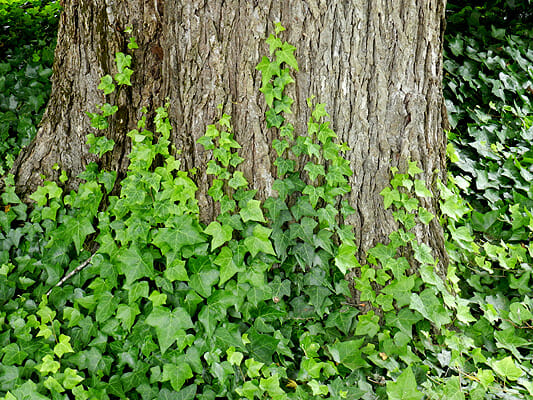Plant Identification - Horticulture
1/21
There's no tags or description
Looks like no tags are added yet.
Name | Mastery | Learn | Test | Matching | Spaced |
|---|
No study sessions yet.
22 Terms
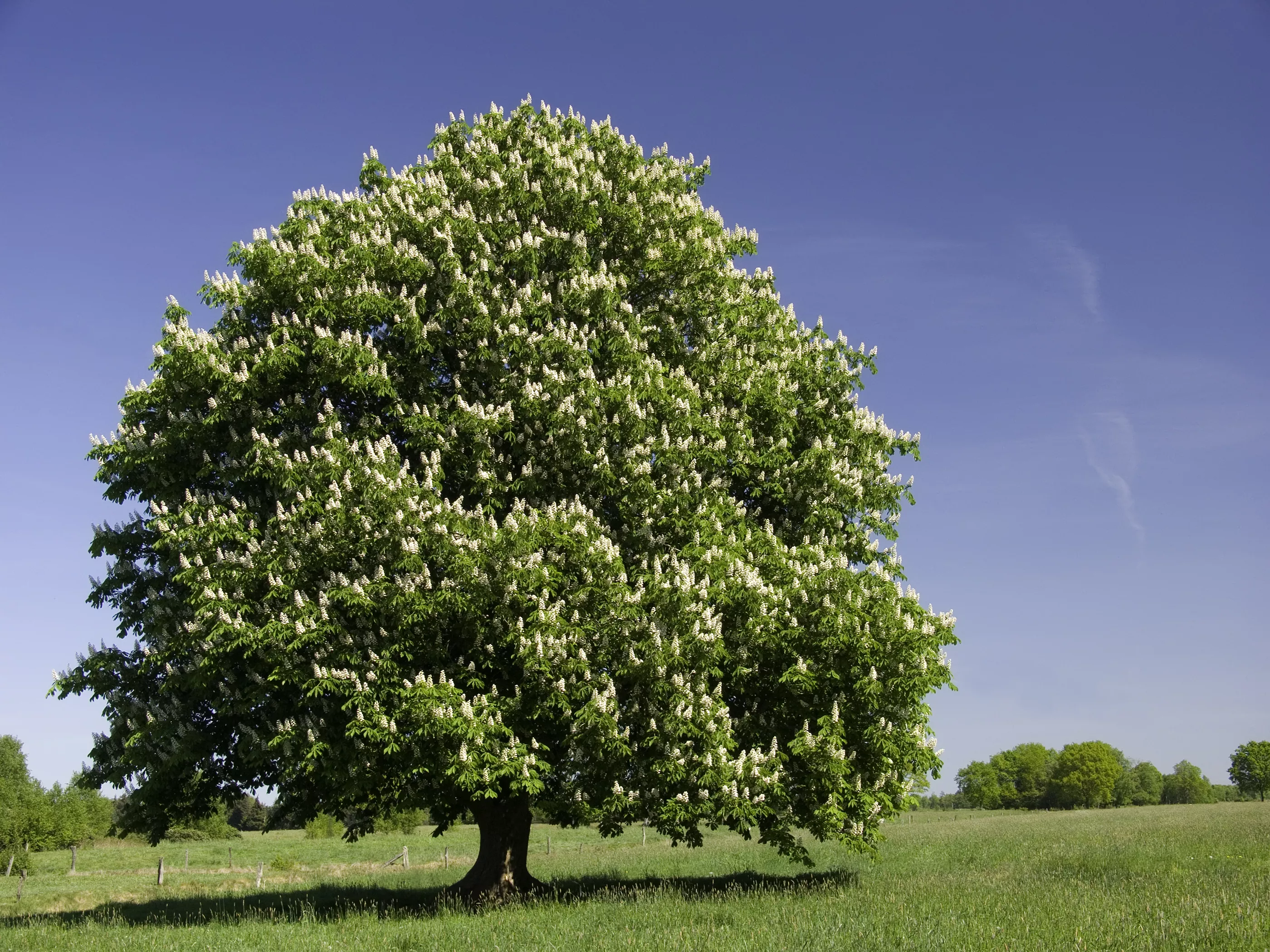
Horse Chestnut (Aesculus hippocastanum)
Not native to Ireland
Large white flower spikes ("candles") in spring
Palmate compound leaves (5–7 leaflets)
Spiky green fruit with large shiny brown seed ("conker")
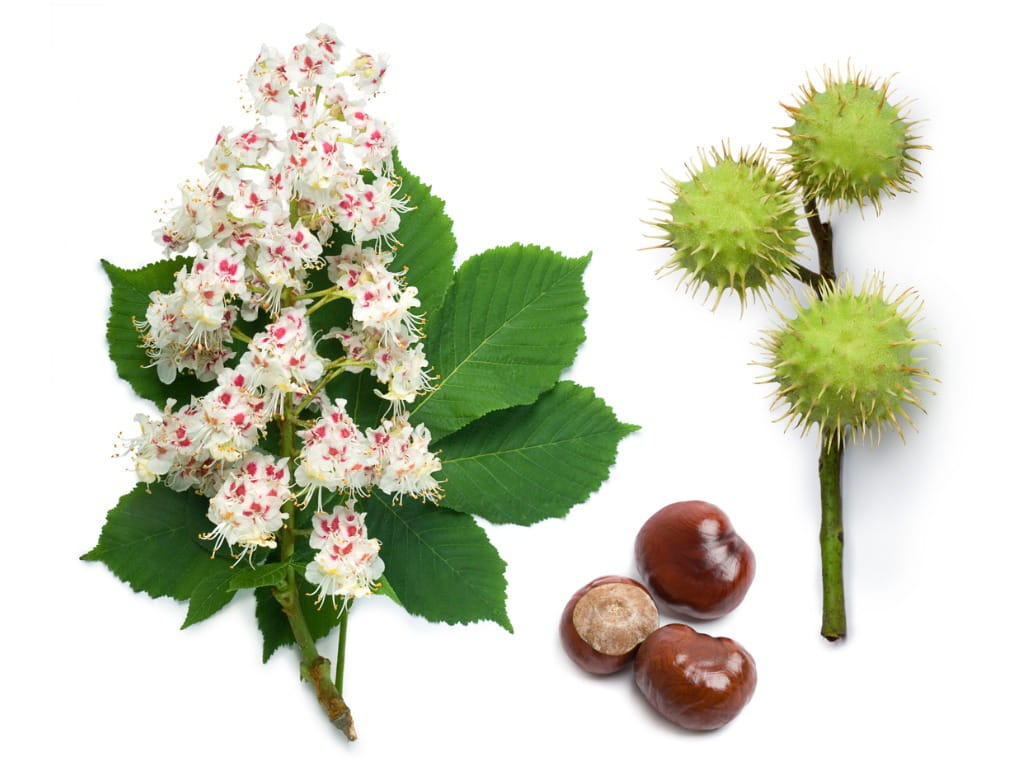
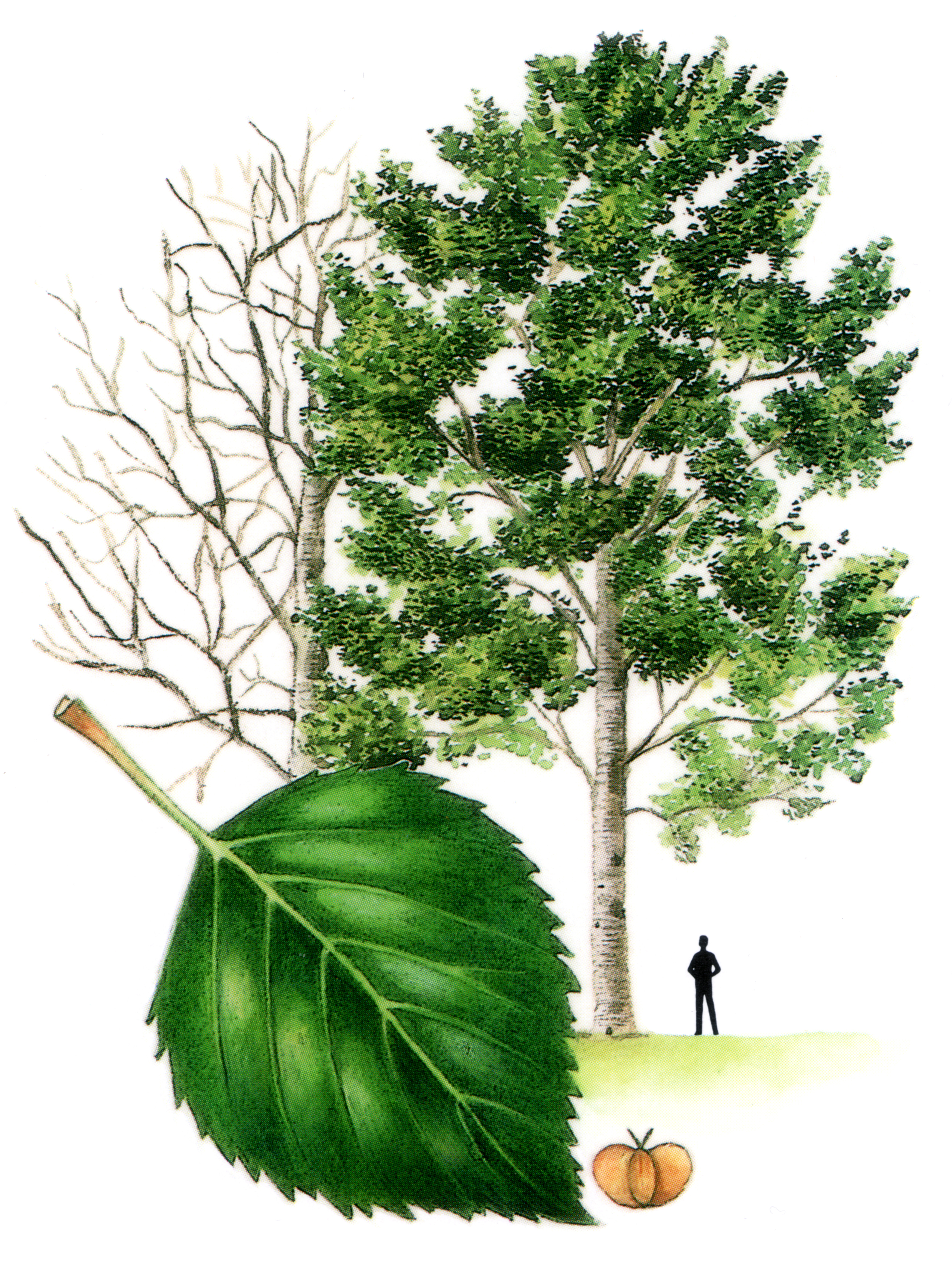
Birch (Betula)
Peeling bark (white or greyish)
Triangular leaves with serrated edges
Catkins (male and female on same tree)
Pendula (weeping habit), Silver Birch common
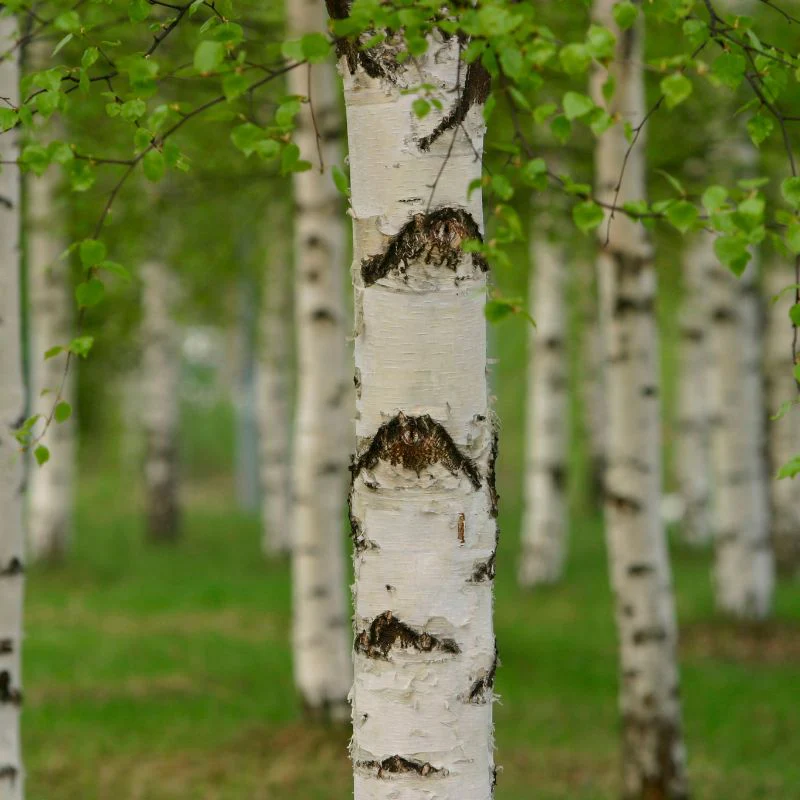
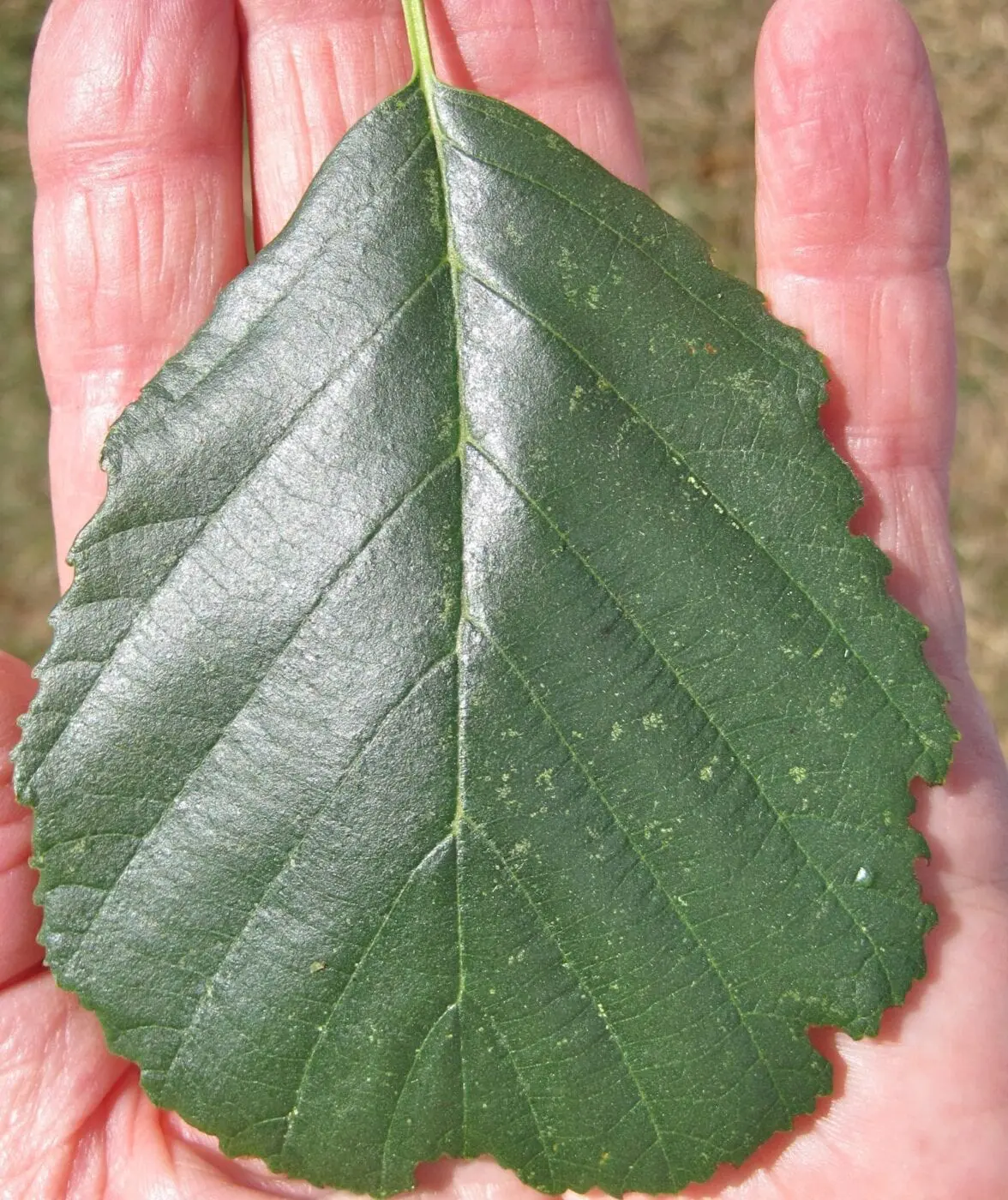
Alder (Alnus)
Rounded leaves with toothed edges, often notched tip
Woody cone-like fruits
Found near water, riverbanks
Catkins - reddish yellow, drooping flower clusters
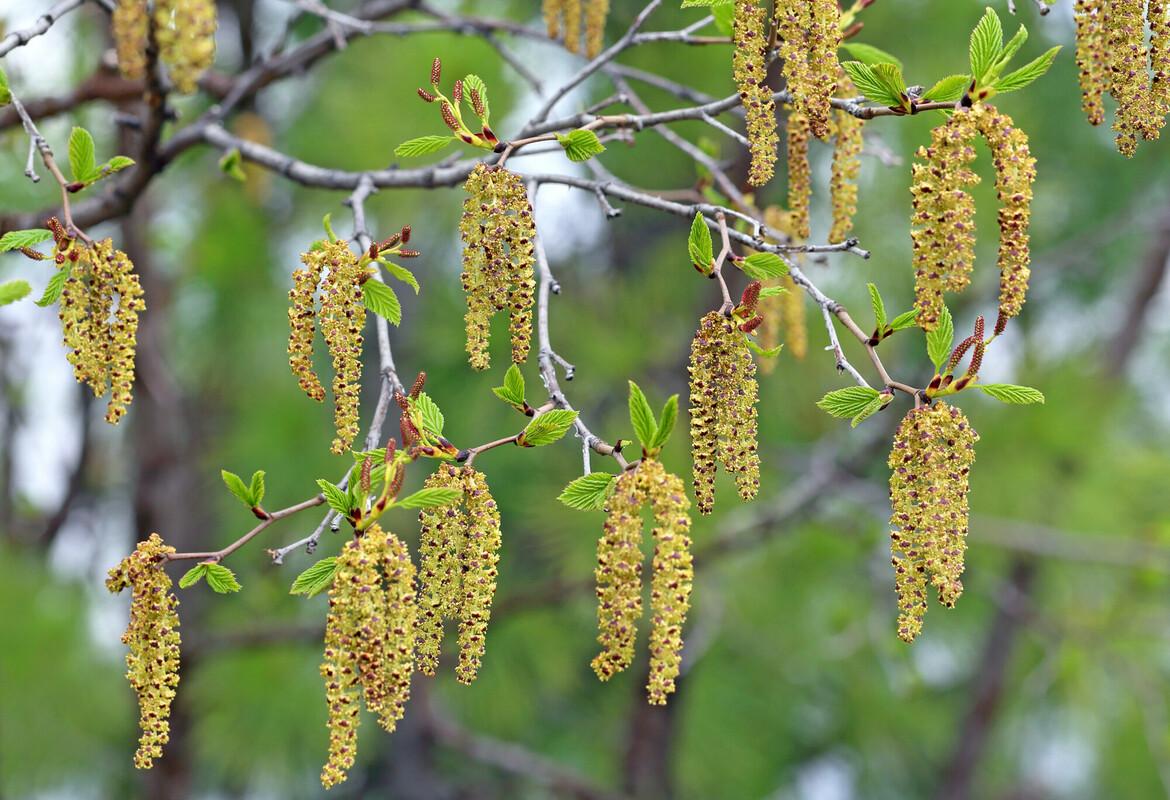
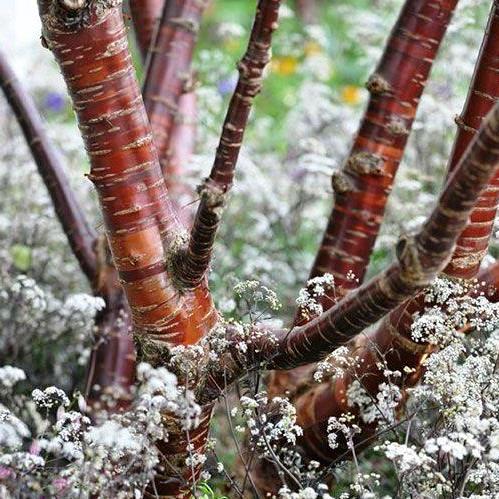
Cherry (Prunus)
Spring flowers: white or pink, five petals
Red bark
Horizontal lenticels on bark (dashed lines)
Prunus kanzan: double pink flowers
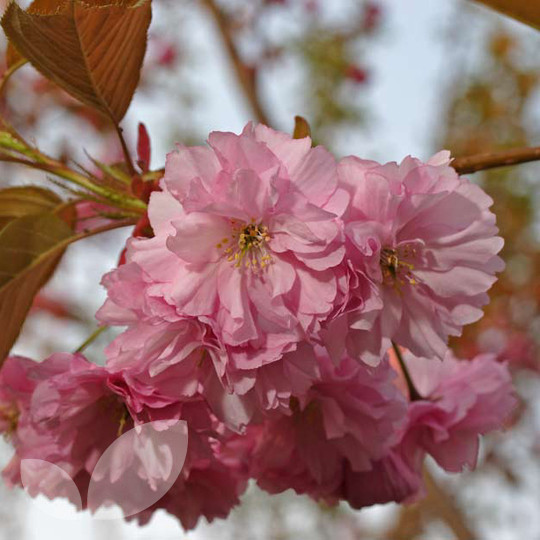
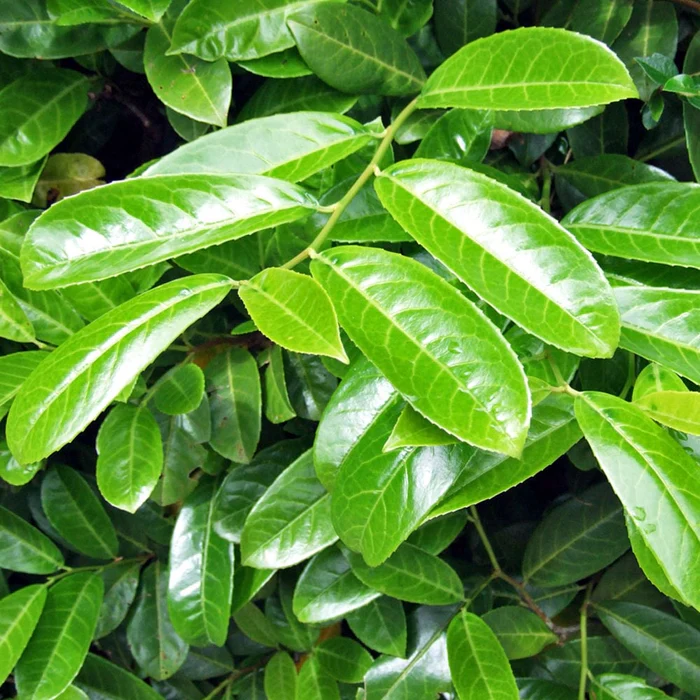
Cherry Laurel (Prunus laurocerasus)
Evergreen
Shiny, leathery oval leaves
White flower spikes in spring, red to black berries
Smells like almonds when crushed (cyanide-like scent)
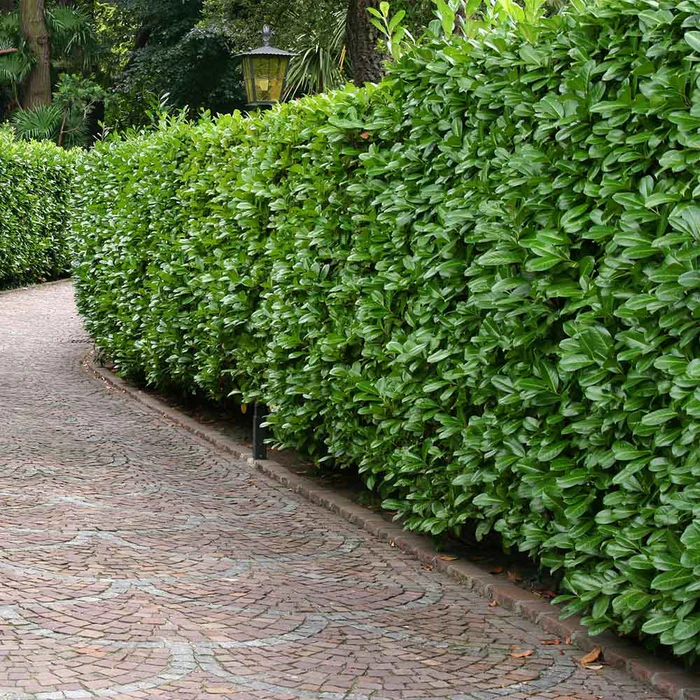
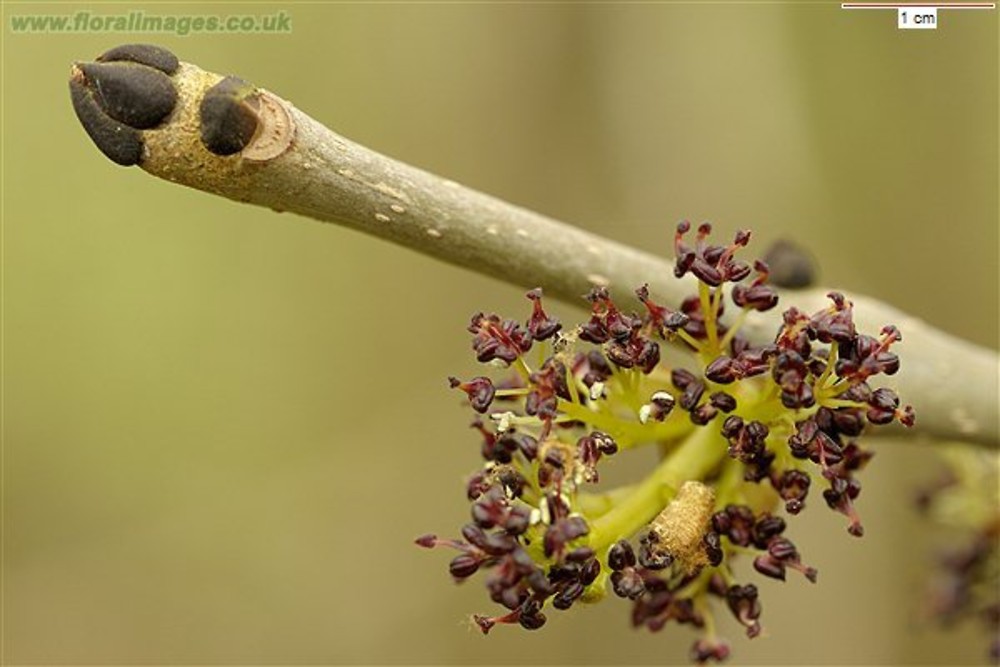
Ash (Fraxinus excelsior)
Black buds in spring (opposite pairs)
Compound leaves (pinnate, 9–13 leaflets)
Grey bark, deeply ridged with age
Opposite branching pattern
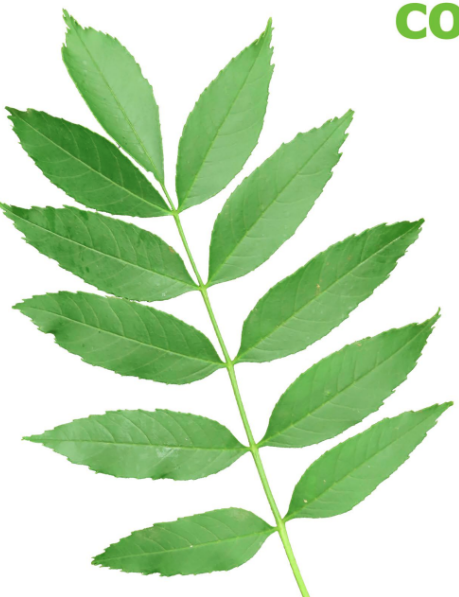
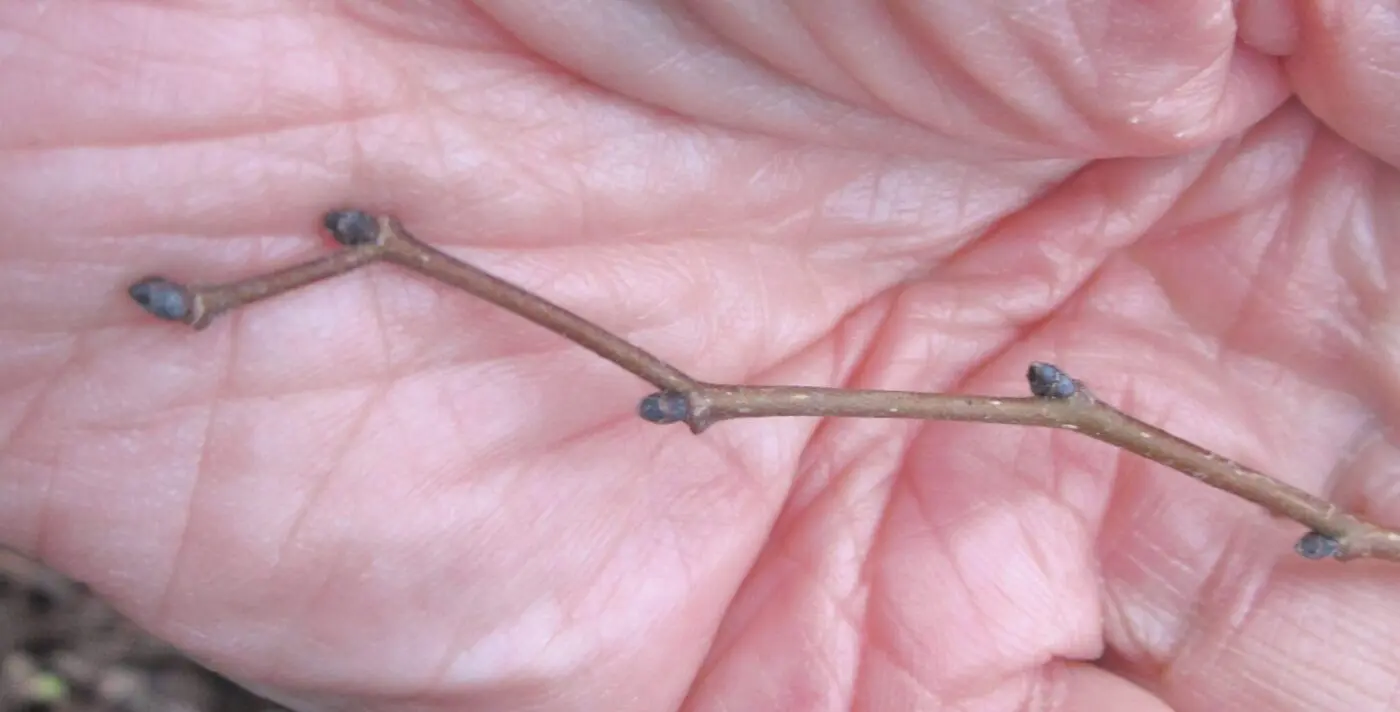
Beech (Fagus sylvatica)
Not native to Ireland
Oval green leaves with wavy edges that alternate
Smooth gray bark ("elephant skin")
Zigzag twigs
Pointed brown buds (alternating on zigzags)
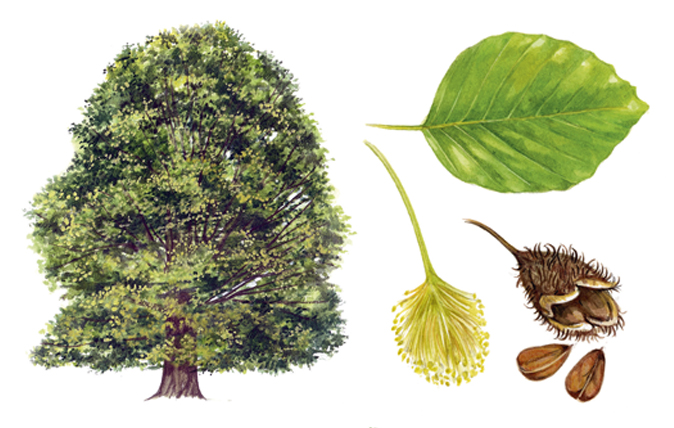
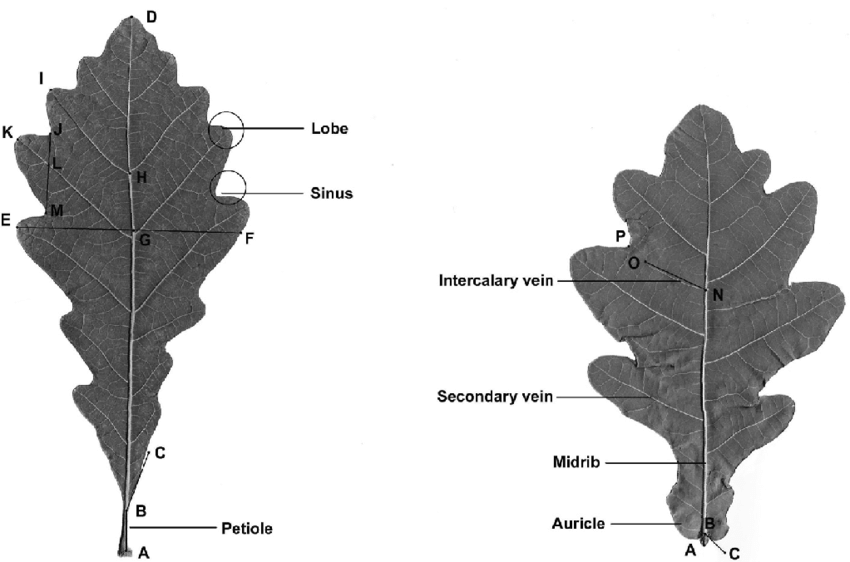
Oak (Quercus spp.)
Q. robur (Common oak): short petiole, lobed leaves, acorns on long stalks
Q. petraea (Sessile oak): long petiole, acorns have no stalks
Q. rubra (red oak) and Q. ilex (evergreen oak) are two more species
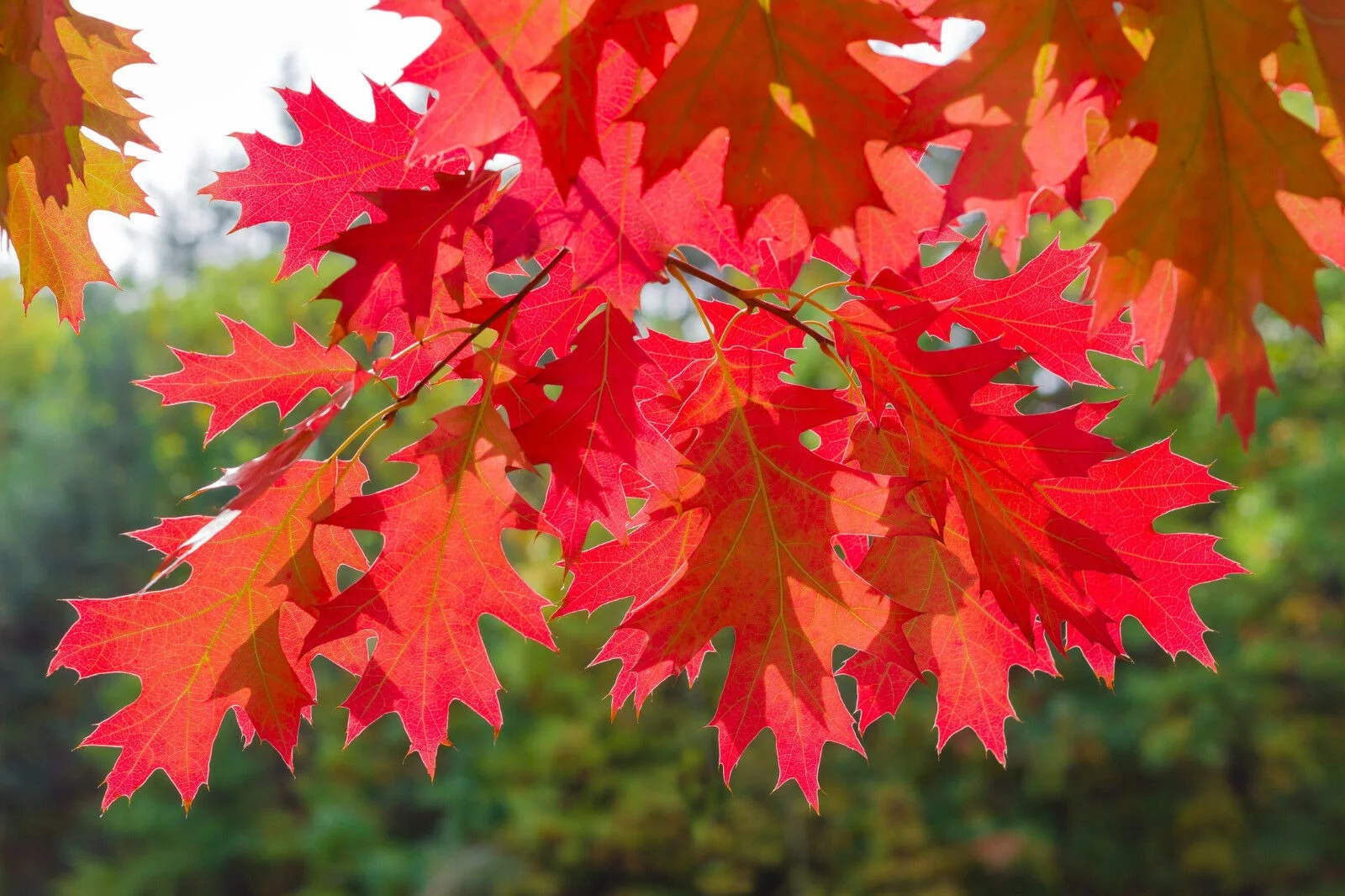
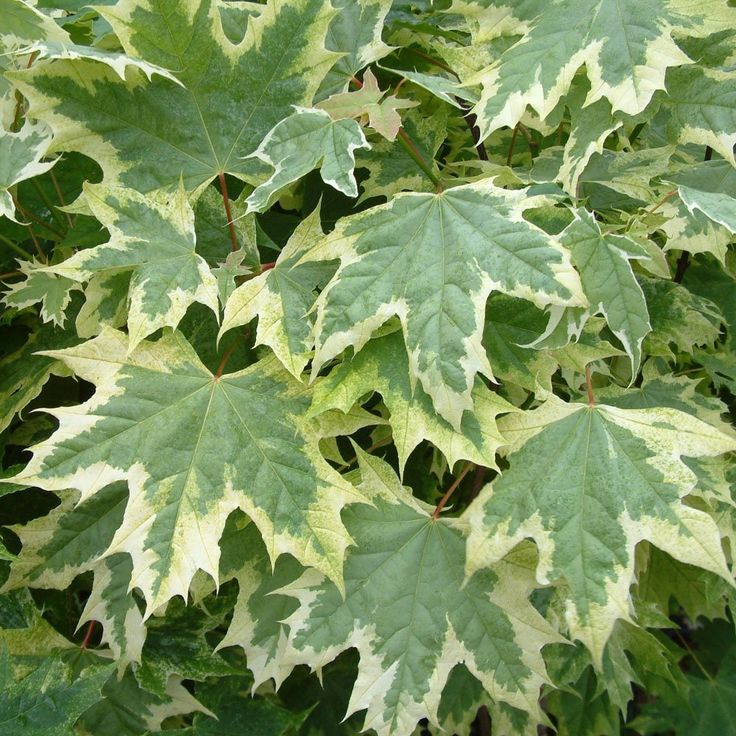
Norway Maple (Acer platanoides)
Five-lobed leaves with pointed tips
Milky sap from leaf stem
Cultivars: Drummondii (variegated), Crimson King (deep purple leaves)
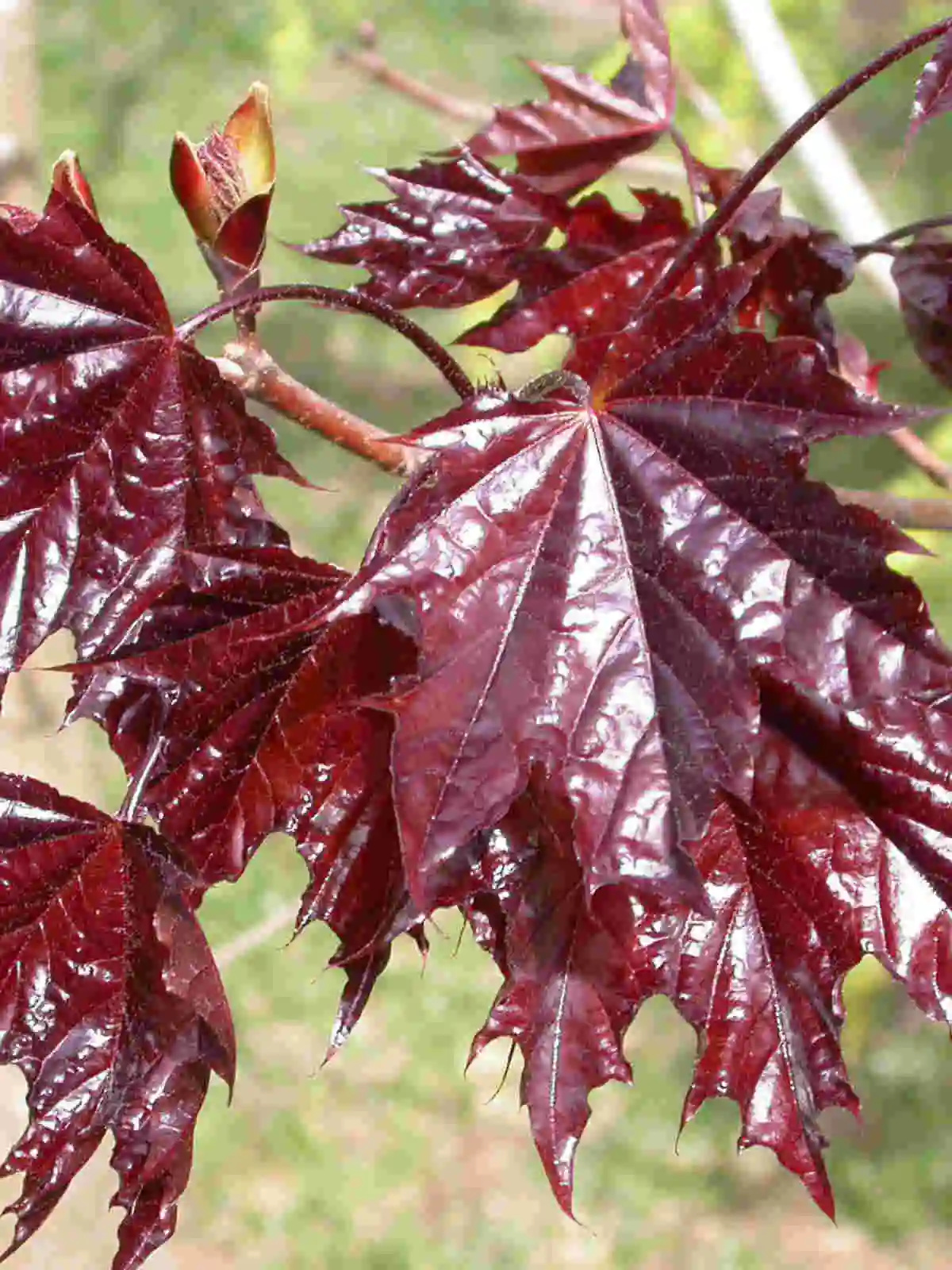
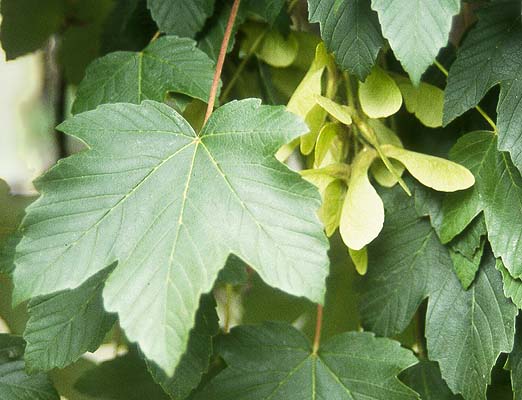
Sycamore (Acer pseudoplatanus)
Large leaves with 5 rounded lobes
Smooth-edged
Dark tar spots (fungus)
Paired winged seeds ("helicopters")
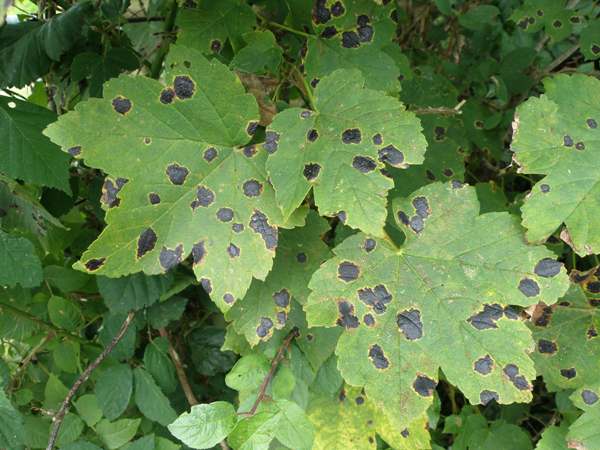
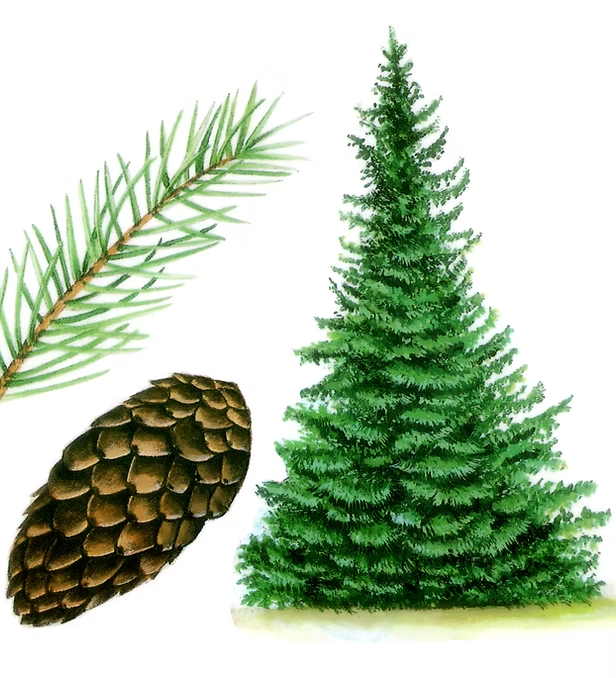
Spruce (Picea spp.)
Needles: sharp, square, roll between fingers
Grow all around twig, point upward
Needles come off with bark
Cones hang downward
Norway spruce: traditional Christmas tree
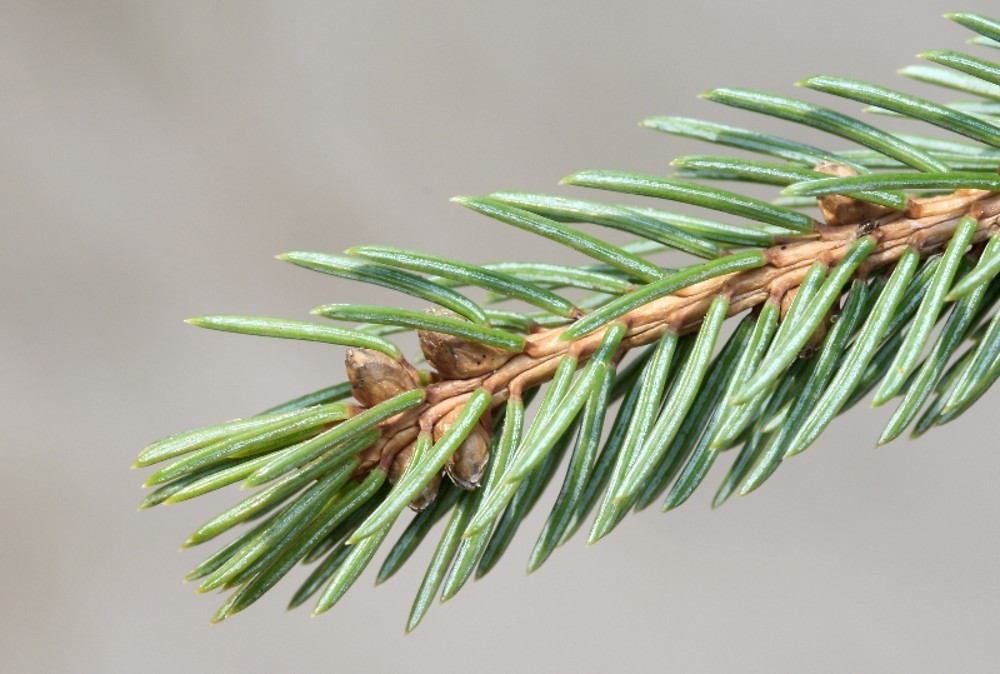
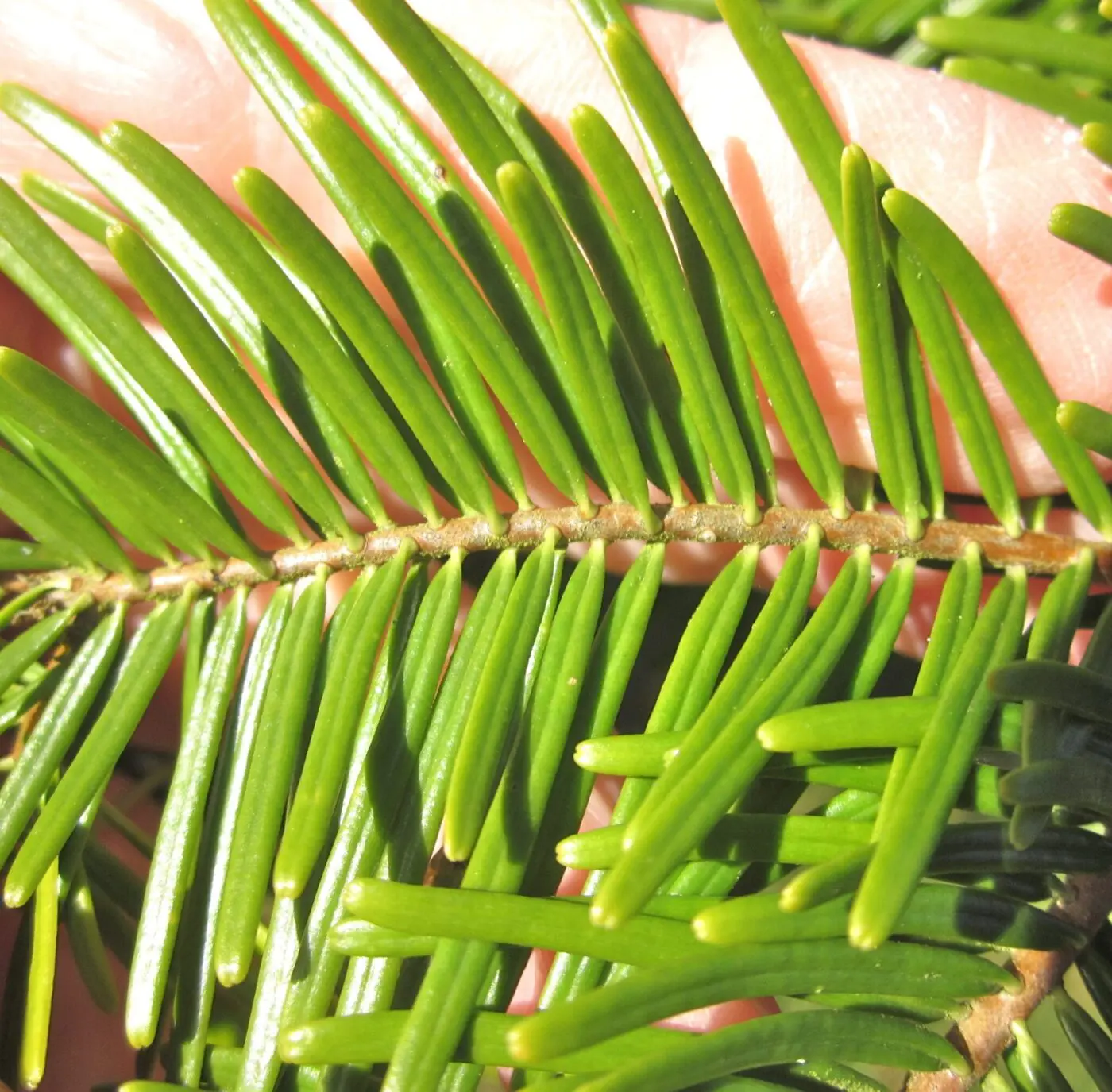
Fir (Abies spp.)
Needles: soft, flat, not easily rolled
White lines (stomata) on underside
Needles come off without bark
Cones stand upright, disintegrate on tree
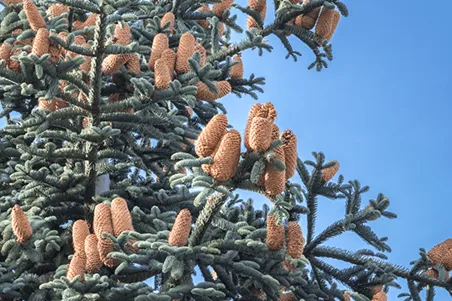
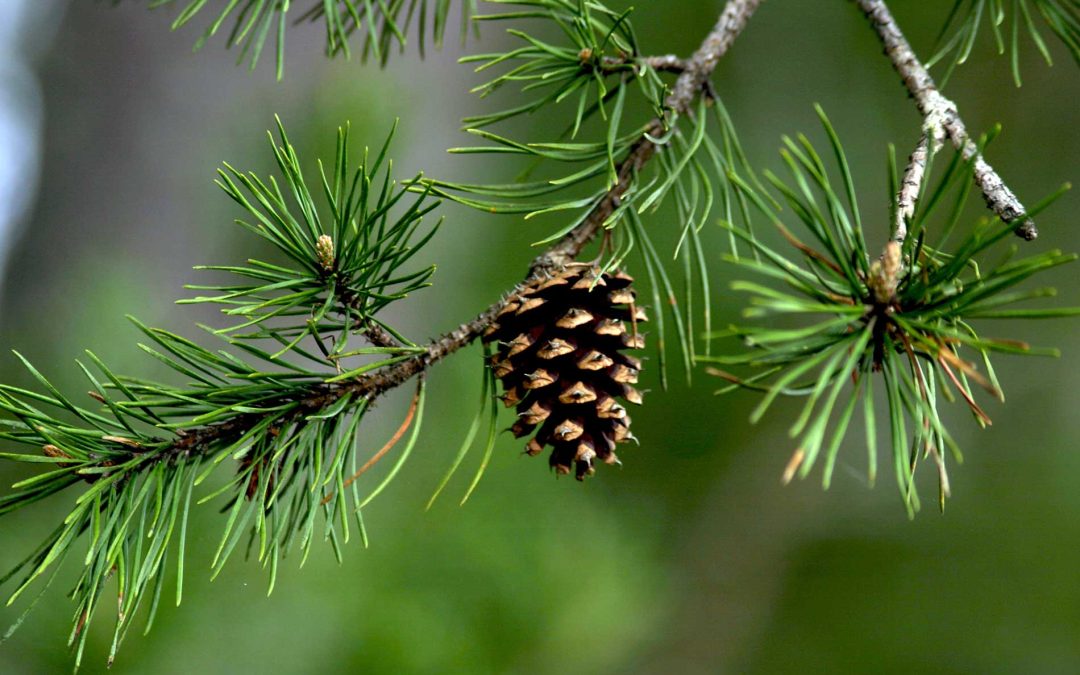
Pine (Pinus spp.)
Paired needles (in 2s or 3s depending on species)
Needles long and slender
Cones woody and thick-scaled
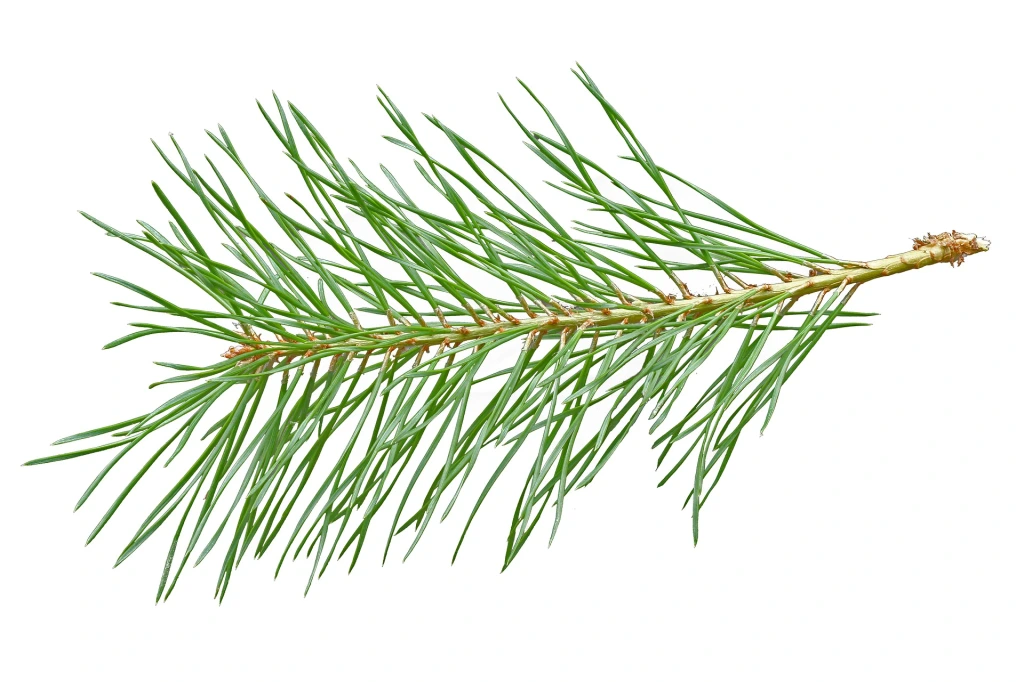
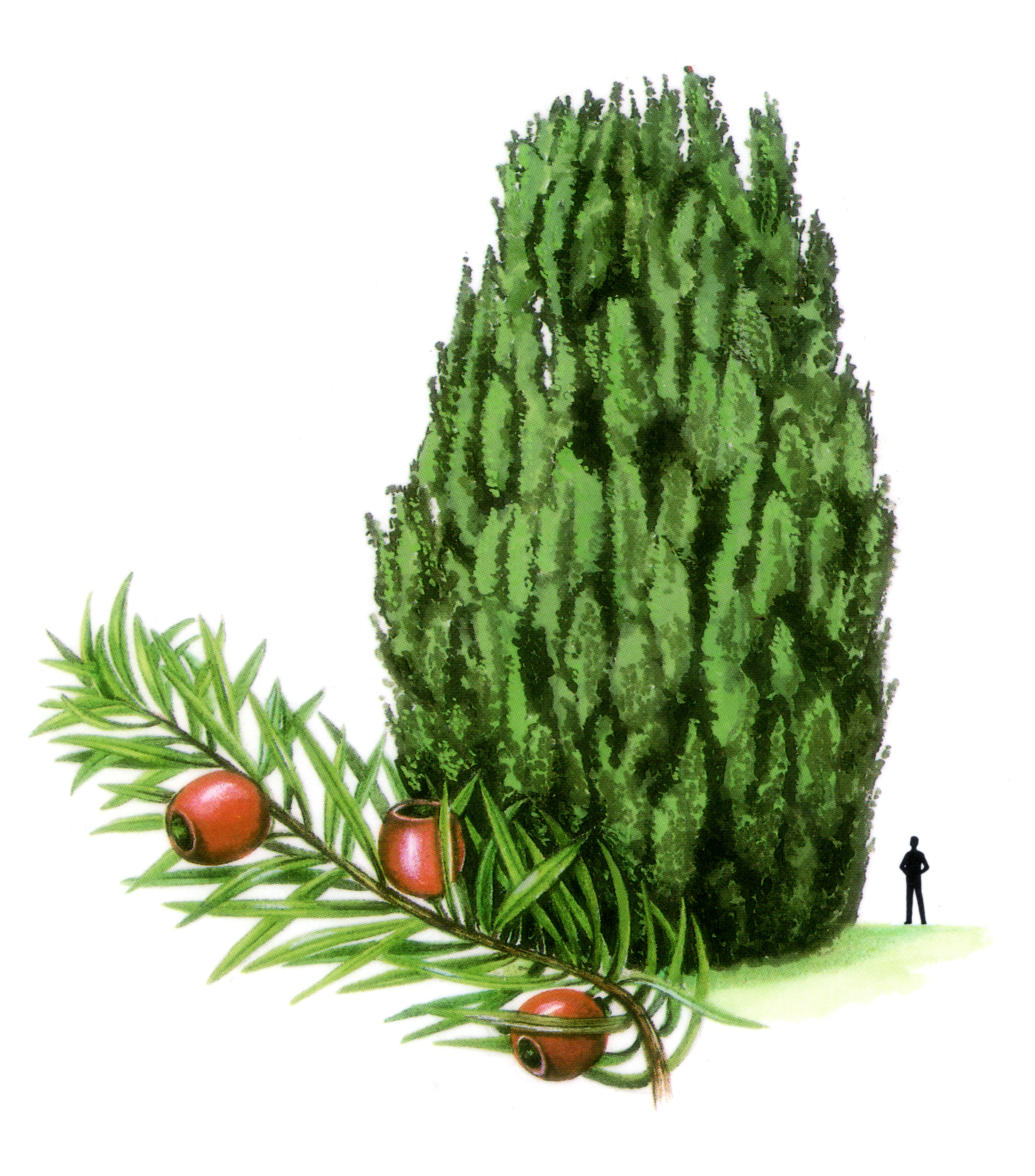
Yew (Taxus spp.)
Short, flat, dark green needles
Red, berry-like arils (fleshy cones)
Toxic to livestock
Common in graveyards, clipped into hedges
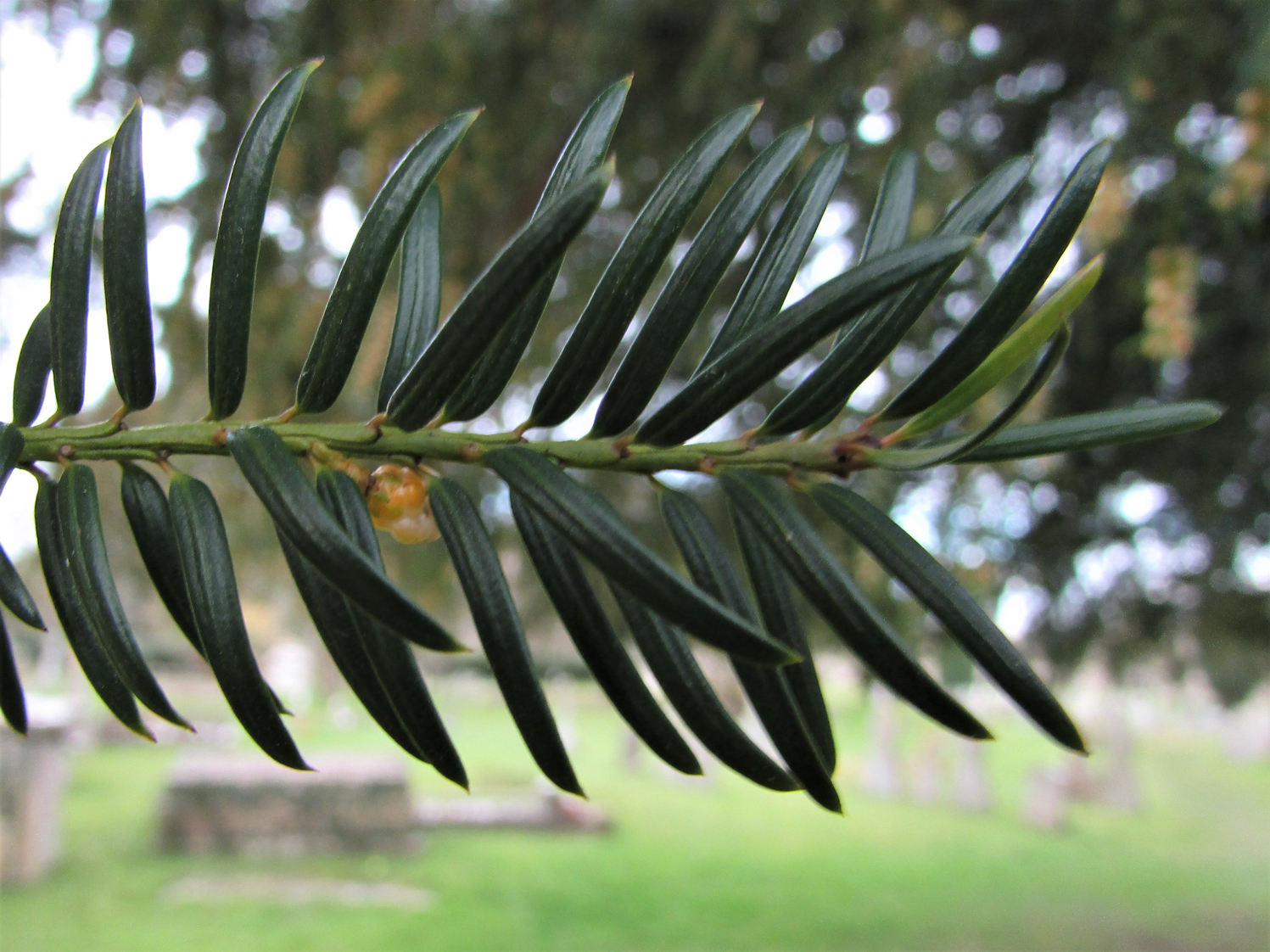
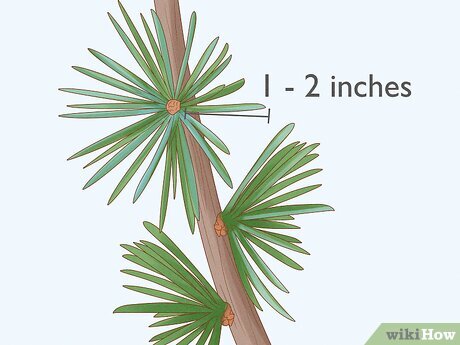
Cedar (Cedrus atlantica, Cedrus deodara)
Needles in tufts/clusters from short spur shoots
C. atlantica: upright branching
C. deodara: weeping habit
Barrel-shaped cones sit upright on branches
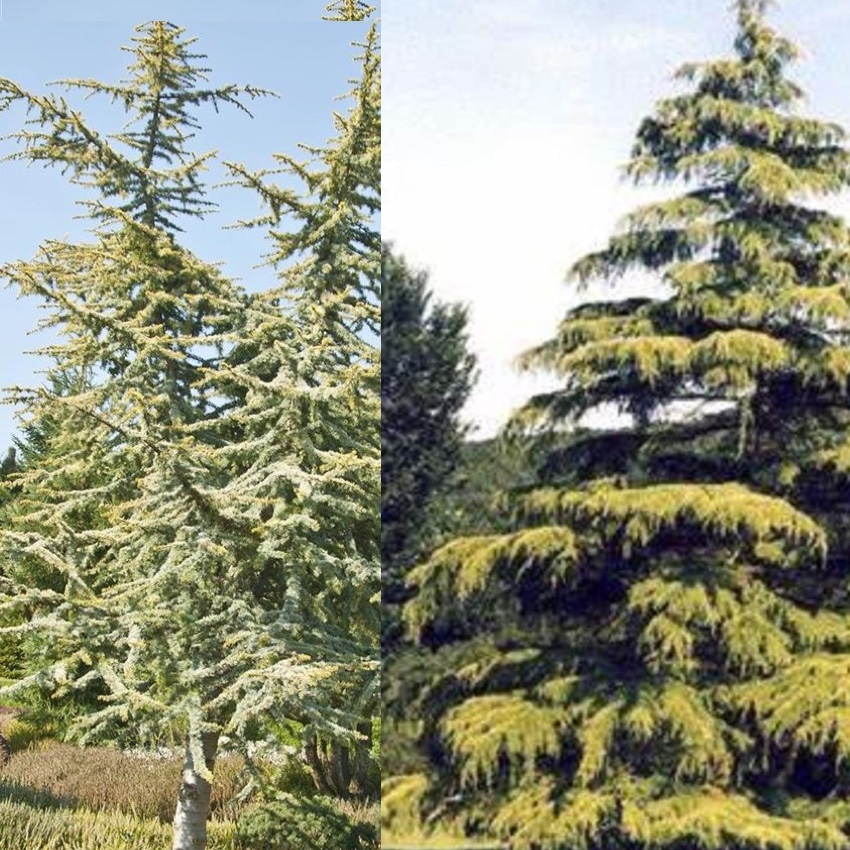
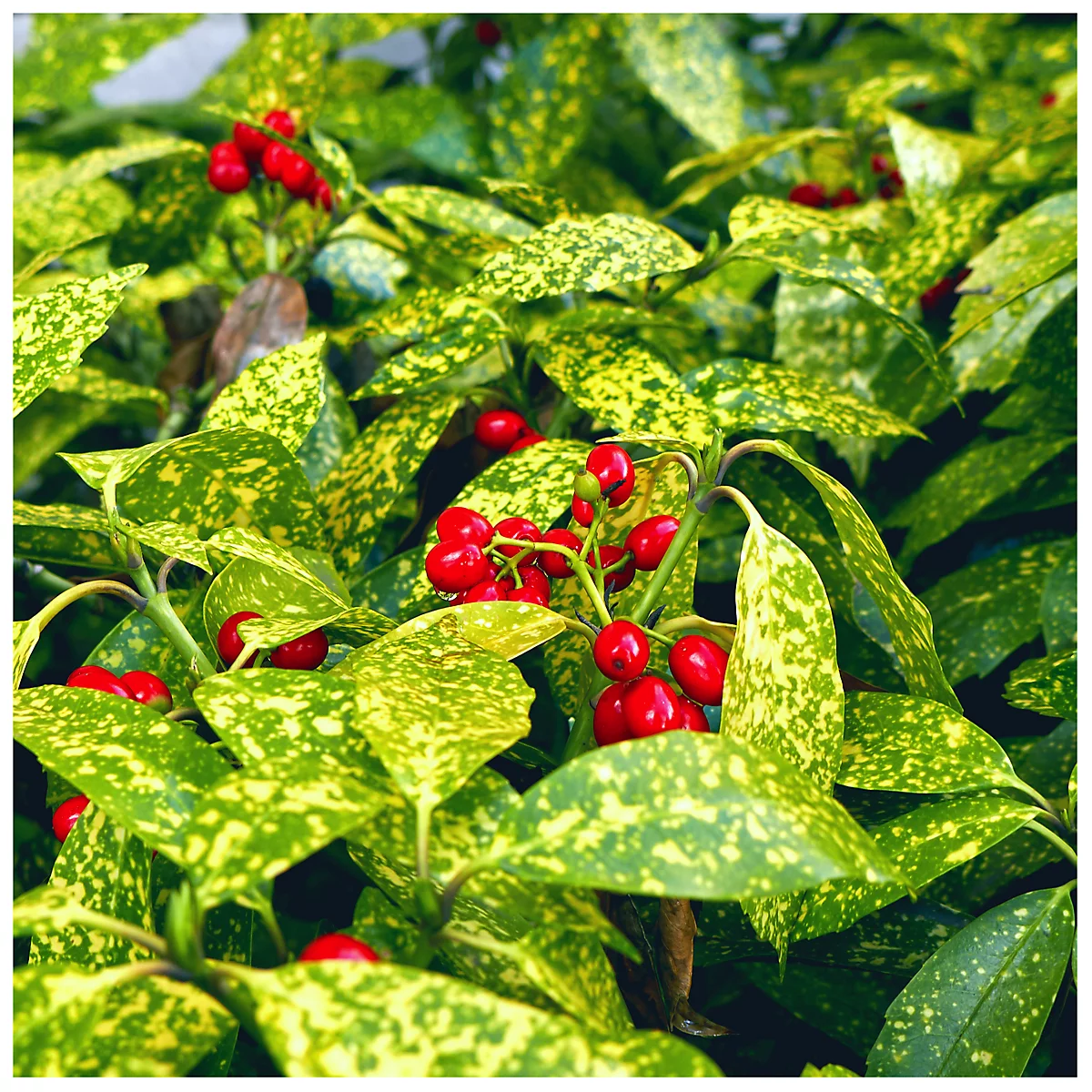
Spotted Laurel (Aucuba japonica)
Glossy green leaves with yellow spots
Dioecious (male and female plants separate)
Red berries on female plants
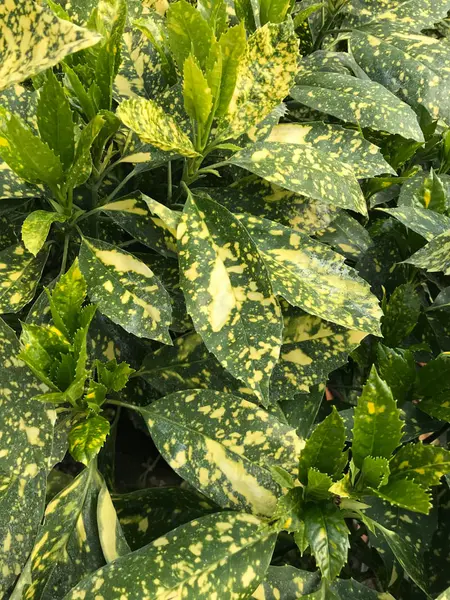
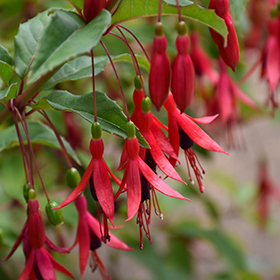
Fuchsia
Not native to Ireland
Pendant bell-shaped flowers (pink/purple)
Not cold-hardy (-10°C)
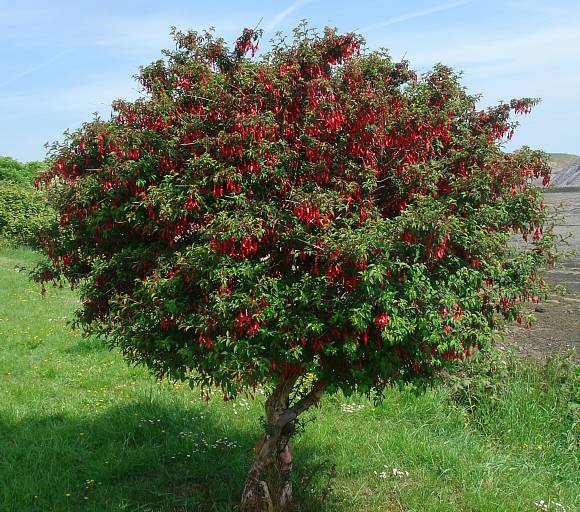
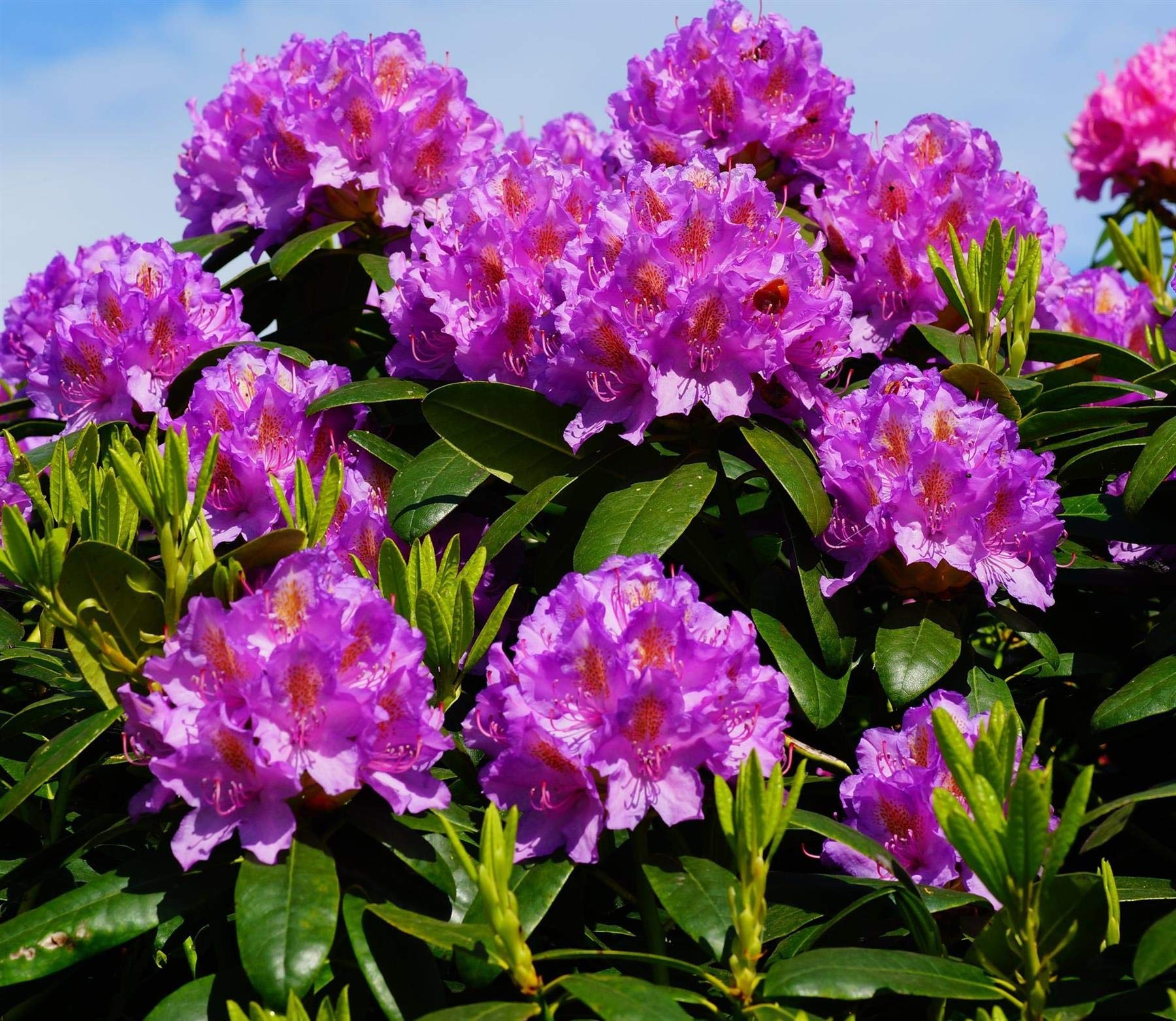
Rhododendron
Invasive to Ireland
Large leathery evergreen leaves
Bell-shaped flowers (purple, pink, white) in clusters
Poisonous to livestock (sheep and deer)
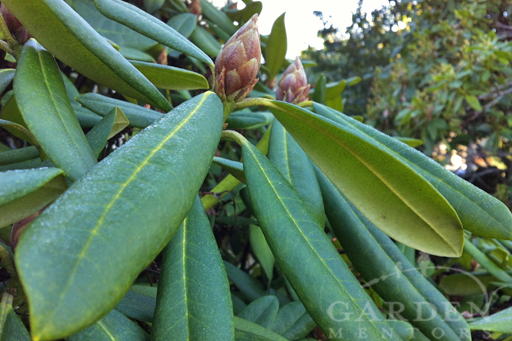
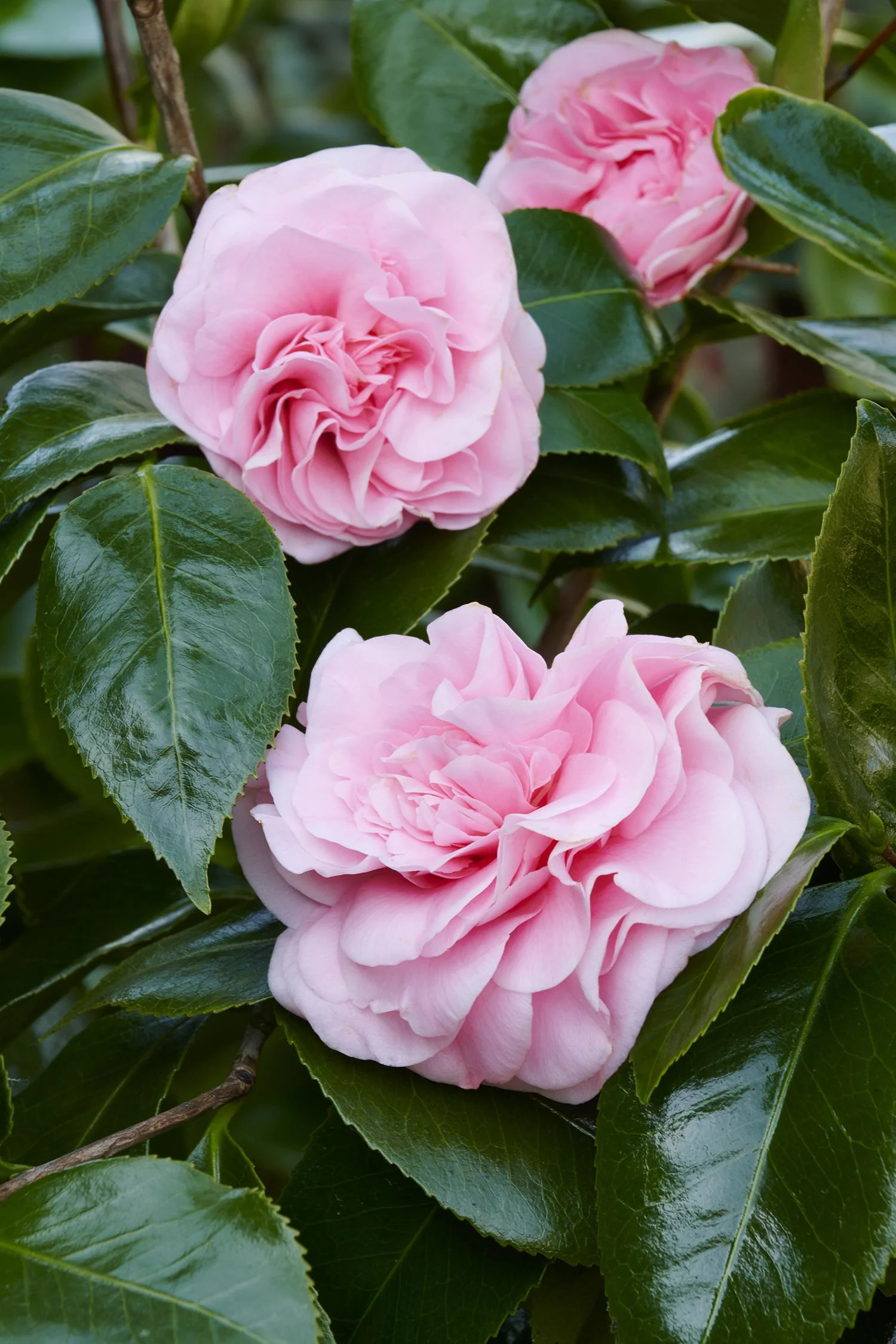
Camellia (Camellia japonica)
Evergreen
Glossy, dark green leaves with serrated edges
Large rose-like flowers in winter/spring
Likes acidic soil
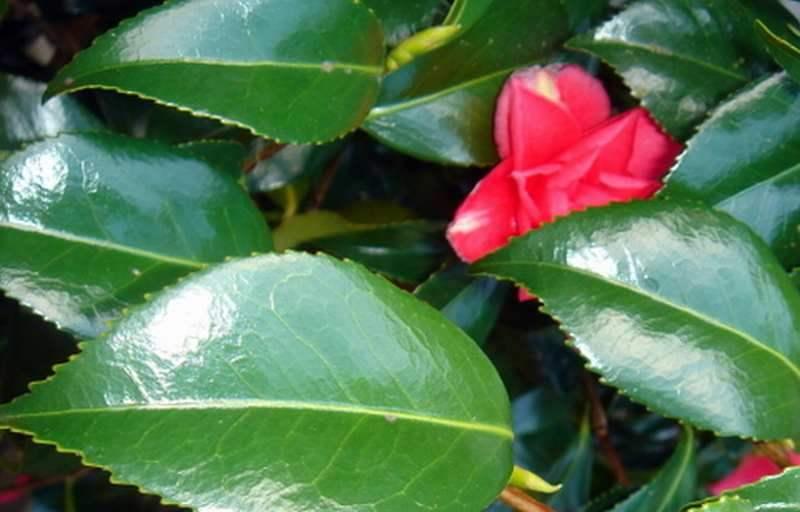
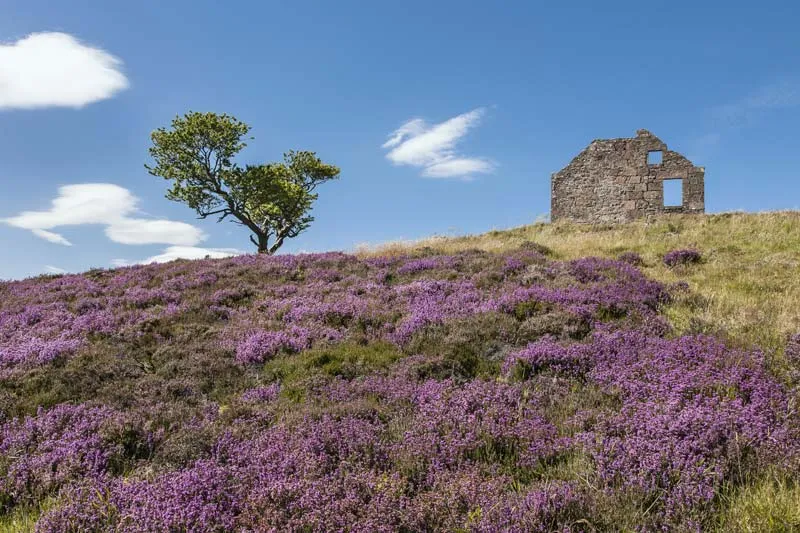
Heather (Erica, Calluna)
Erica carnea: early blooming
Calluna vulgaris: summer blooming
Tiny scale-like or needle-like leaves
Low-growing mat-forming shrubs
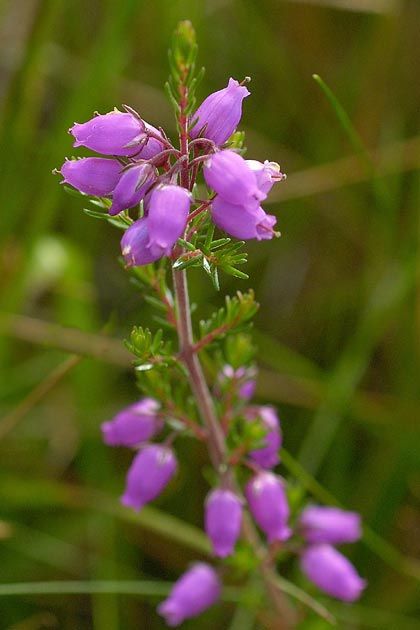
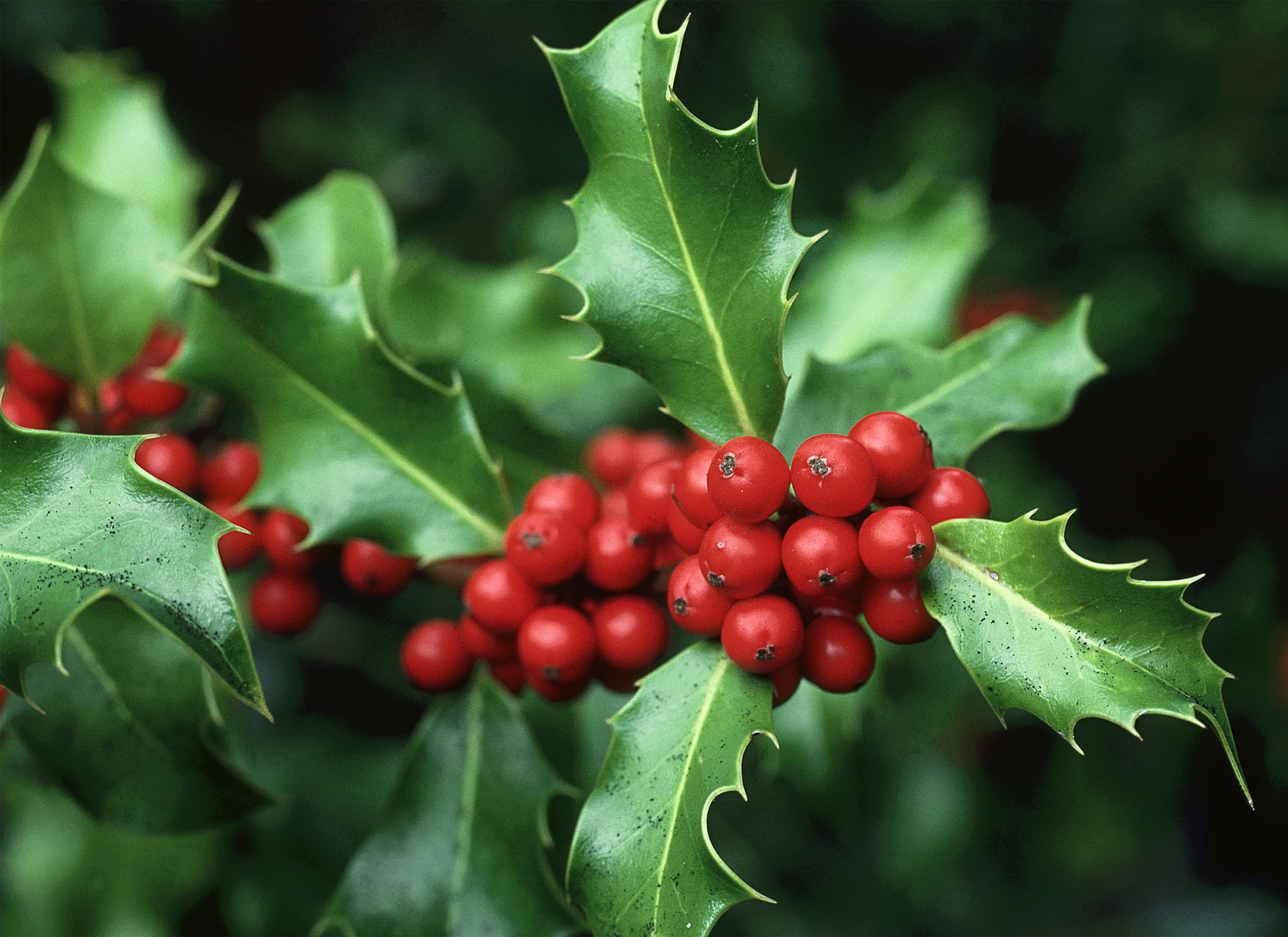
Holly (Ilex aquifolium)
Glossy, spiny evergreen leaves
Red berries (on female plants)
Dioecious - male and female organs separate
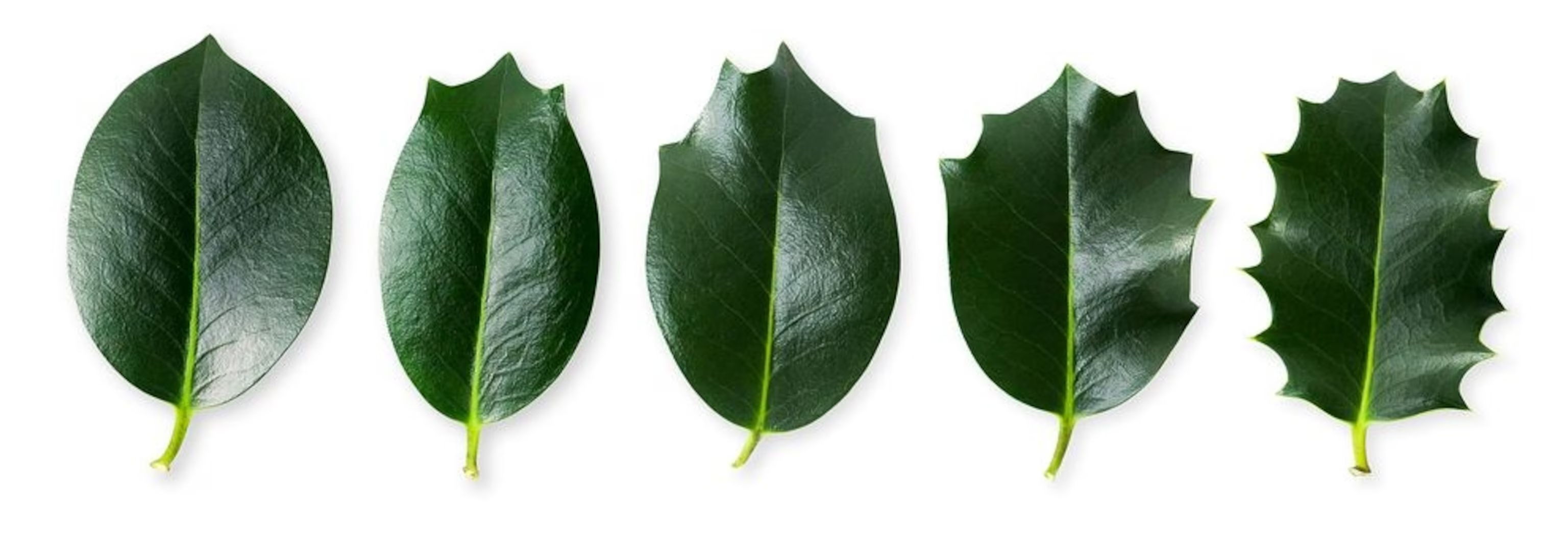
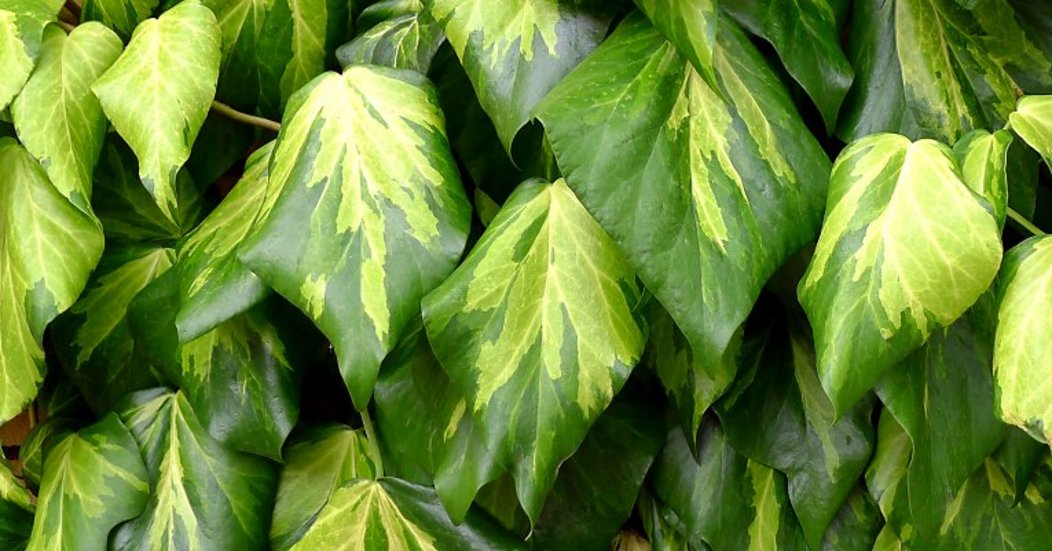
Ivy (Hedera helix, Hedera colchica)
Climbing vine
Evergreen
Star shaped
H. colchica: larger leaves
Aerial roots on stems
Rounded triangular
